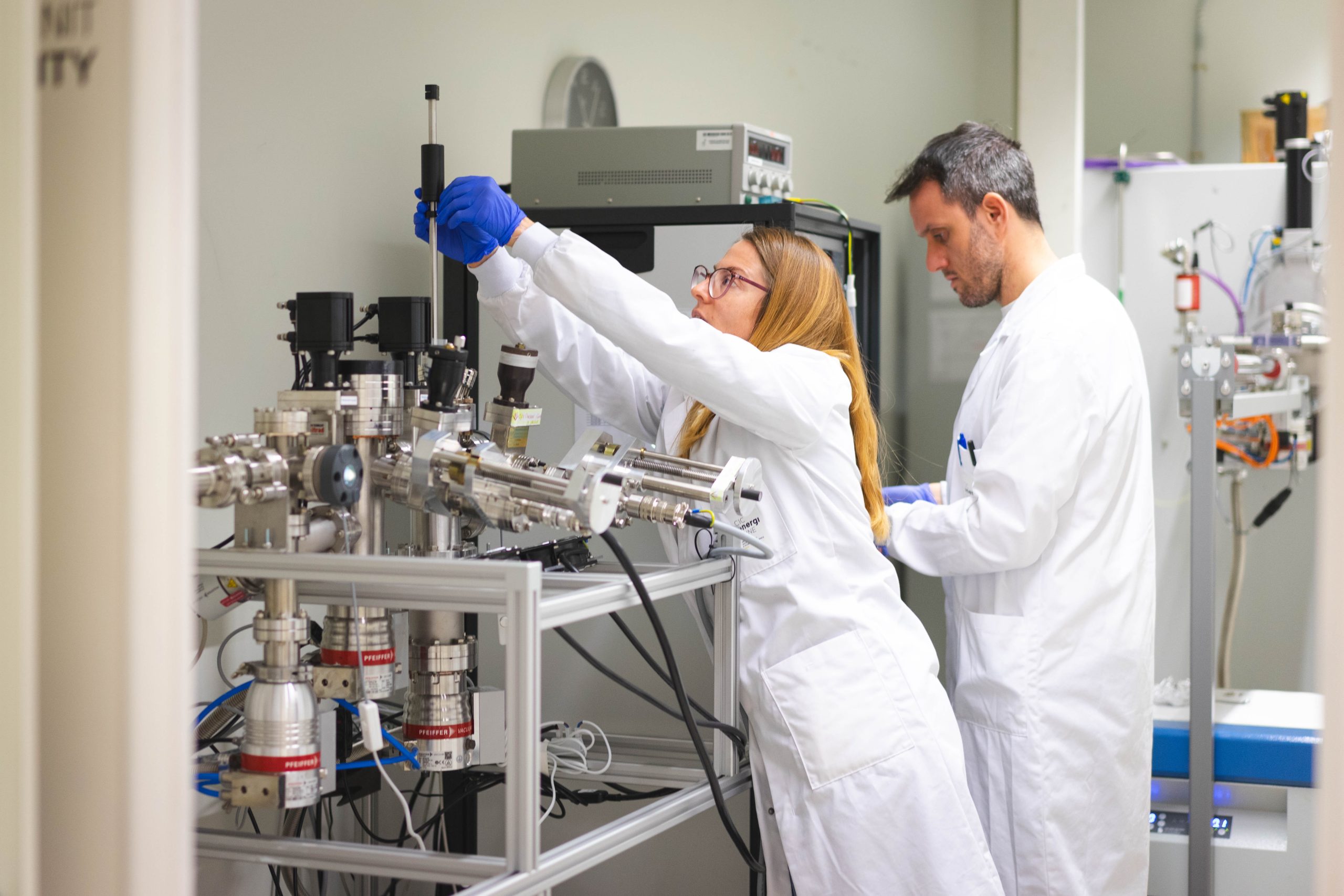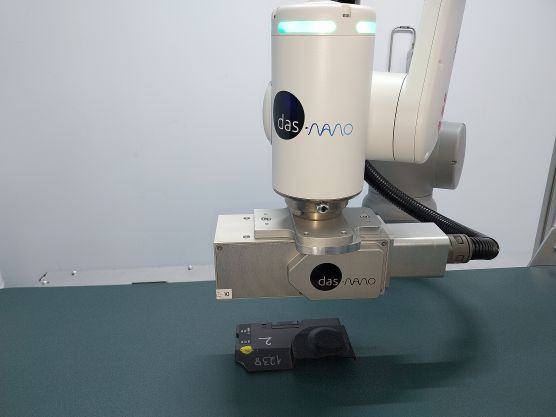CIC energiGUNE succeeds in manufacturing the first microscale metallic sodium anode and opens the door to the development of flexible solid-state batteries with sodium-ion technology

The development is part of the TOPSIDES project, coordinated by the Basque centre with the participation of POLYMAT-UPV/EHU and the Catalan company CROMOGENIA-UNITS, and funded by the State Research Agency through the R&D&I Programme “Challenges of Society”.
Obtaining for the first time a thin metallic sodium anode (with a thickness of only 7 microns) has been possible thanks to the conversion of sodium into steam, in a pioneering process in the field of sodium batteries, which has been carried out in CIC energiGUNE’s state-of-the-art facilities.
CIC energiGUNE, a leading Basque research centre in electrochemical energy storage, thermal energy storage and conversion, and hydrogen technologies, has managed to manufacture for the first time a metallic sodium anode with a thickness of only 7 microns through an innovative physical evaporation process. This scientific-technological breakthrough, which is part of the TOPSIDES project funded by the State Innovation Agency, opens the door to the manufacture of flexible solid-state batteries, with the thin sodium anode as a key element to provide a safer, cheaper and smaller alternative to the current liquid electrolyte batteries that use graphite.
“Sodium, although it represents a more sustainable alternative to lithium, is a much more complex material to handle, as it cannot be easily laminated due to its sticky, plasticine-like texture,” said Montse Galcerán, Principal Investigator of the project at CIC energiGUNE. “Until now, the most common method used to laminate a block of sodium was as basic as processing it with a hammer, but this meant that a thin, homogeneous sheet could not be obtained, and therefore there was a large excess of unused sodium in the batteries. Thanks to evaporation, we have managed to overcome this obstacle,” he said.
Specifically, the system used at CIC energiGUNE to achieve this 7-micron metallic sodium anode is based on a precise technique that consists of evaporating the sodium and then condensing it directly on the current collector of the battery inside a high-vacuum chamber. In this way, the sodium is deposited on the current collector atom by atom and exactly the thickness needed for the battery to function is achieved, without excess sodium.
“To get an idea of what this advance means, it is enough to say that conventional metallic sodium anodes usually look like a 5-cent coin (with a thickness of around 500 microns), to give a simple example. At CIC energiGUNE we have managed to make this anode measure only 7 microns, some 70 times thinner,’ explained Lorenzo Fallarino and Rosalía Cid, researchers at the Surface Analysis Platform, a state-of-the-art laboratory located at the Basque centre’s facilities, which has enabled such a breakthrough to be made, together with researchers from the sodium battery line.
The immediate benefits of this development are a reduction in costs – especially in the amount of sodium used -, an increase in energy density – reducing the weight and dimensions of the battery -, and an improvement in safety. For future battery applications, the evaporation-grown thin anode is a milestone for the production of flexible sodium batteries and micro sodium batteries. This development offers the possibility of increasing the efficiency and safety of solid-state batteries, as the metallic anode is the element used in these solid-state batteries, instead of the graphite used in classic liquid electrolyte batteries.
The work carried out at CIC energiGUNE will also be key to progress in the final development of the TOPSIDES project, coordinated by the Basque centre and in which POLYMAT-UPV/EHU and the Catalan company CROMOGENIA-UNITS also participate, with the aim of developing a solid-state metal-sodium battery, with a button cell configuration, which allows its evaluation in terms of electrochemical performance, the investigation of the ageing process and the analysis of its technological viability. In this sense, the next step of the project will be to develop the solid electrolytes, a work package that POLYMAT-UPV/EHU is in charge of together with the polymer line of CIC energiGUNE.




